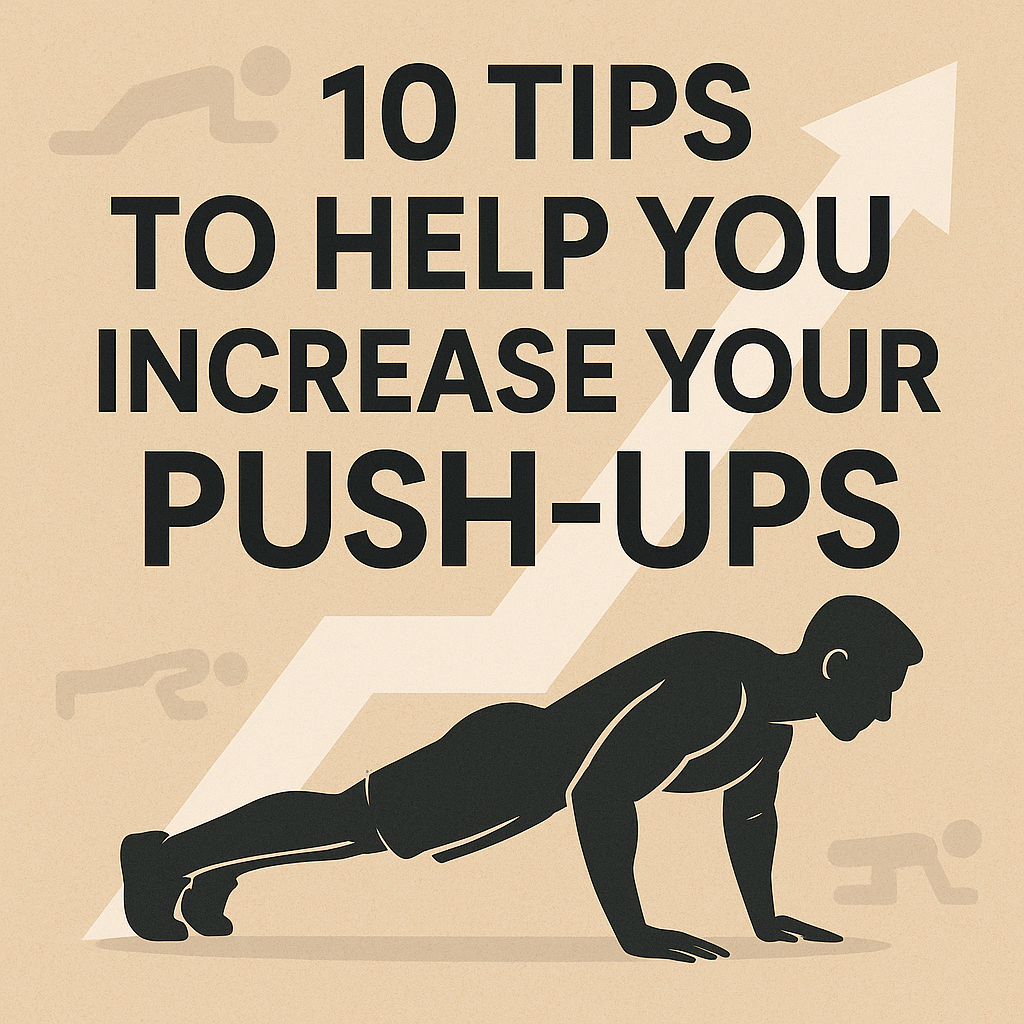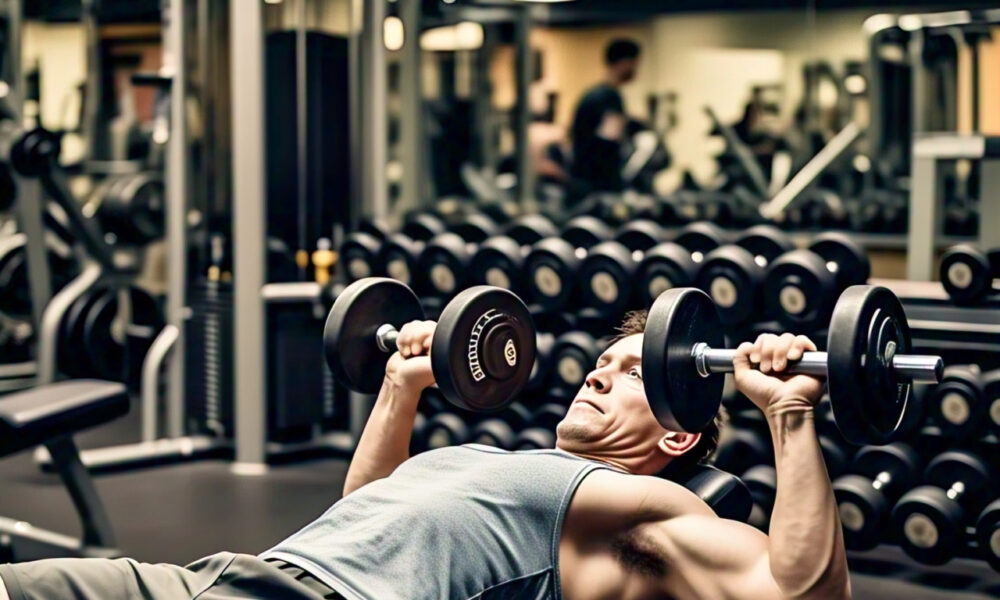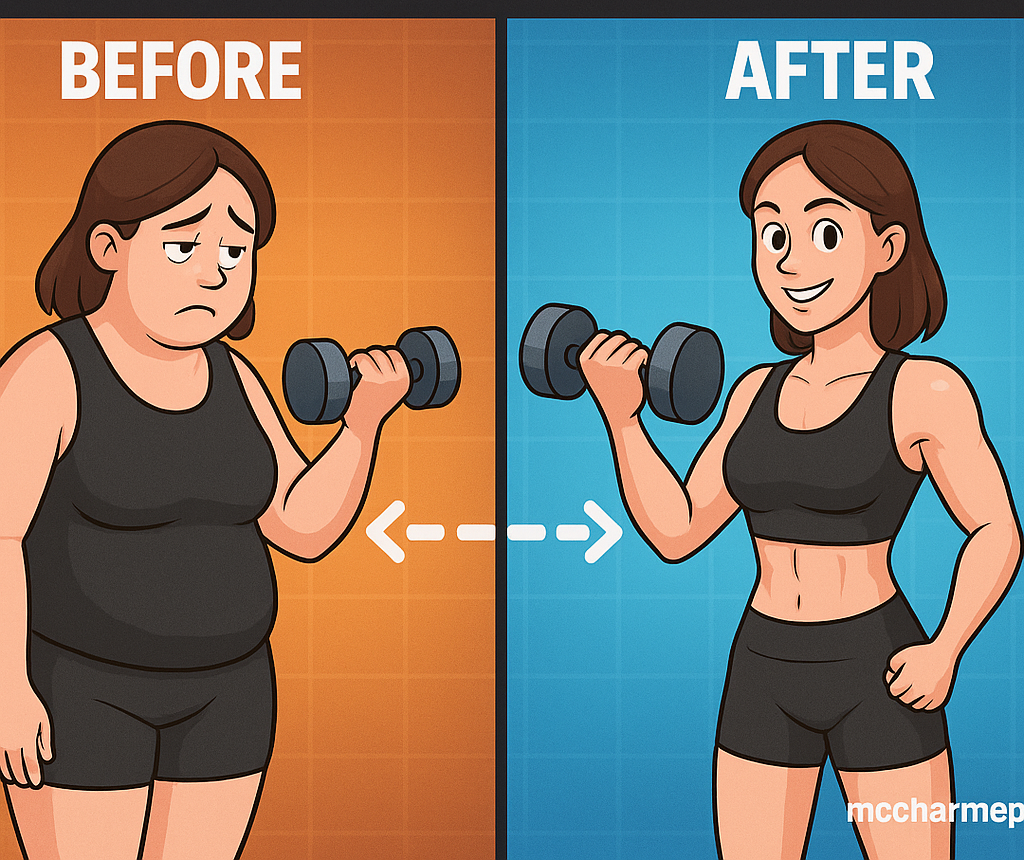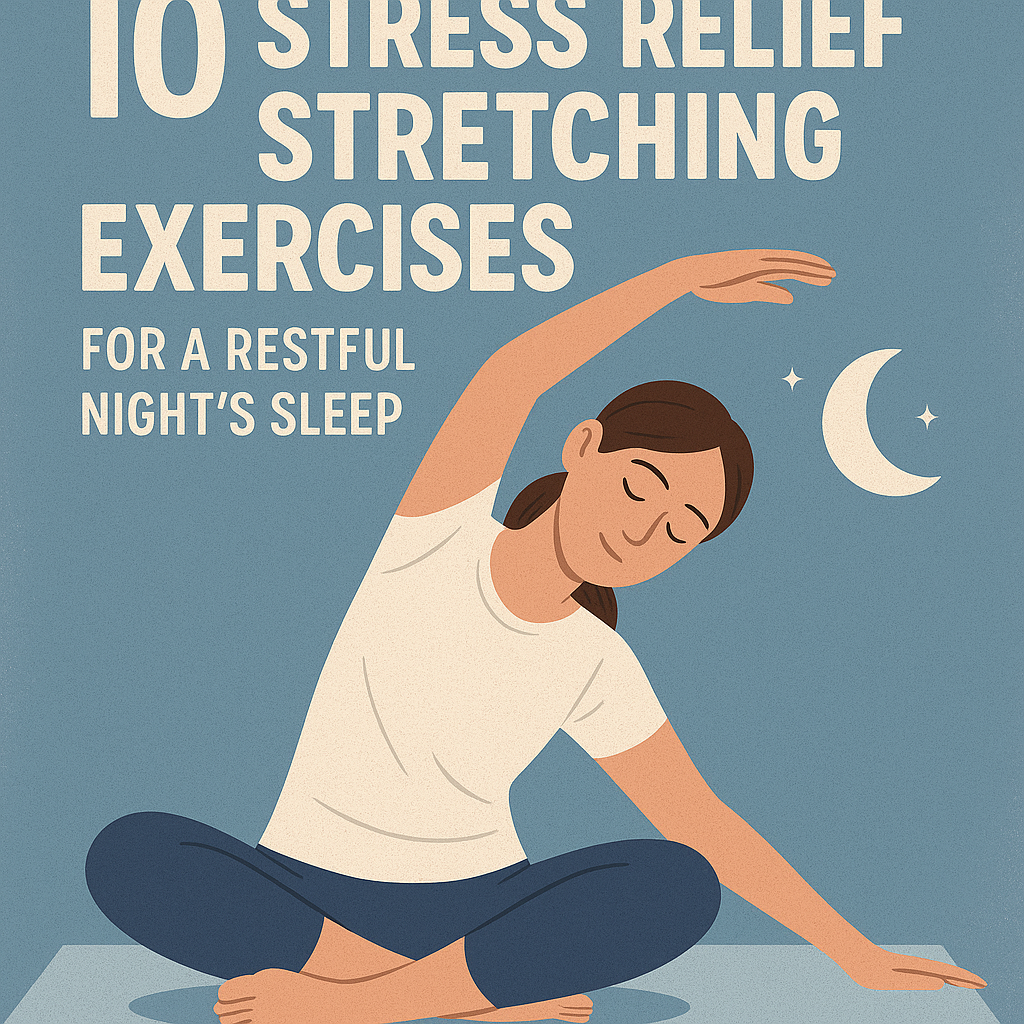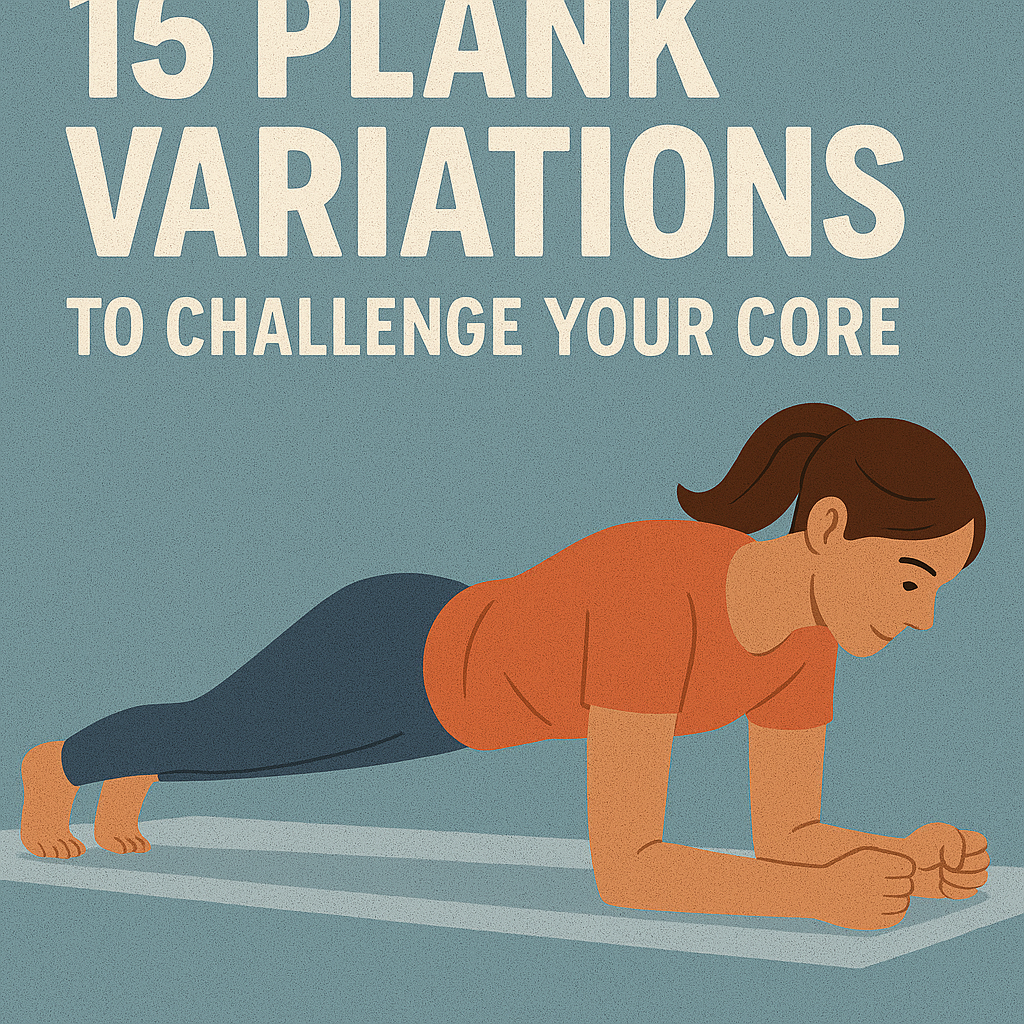Push-ups are a staple exercise in many fitness routines, and for good reason. They work multiple muscle groups, including the chest, shoulders, triceps, and core, making them an effective way to build overall upper body strength. However, many people struggle to perform push-ups, whether it’s due to lack of strength, proper form, or motivation.
If you’re looking to increase your push-up count and take your fitness to the next level, you’re in the right place. With consistent practice and the right techniques, anyone can improve their push-up performance. In this article, we’ll share 10 tips to help you increase your push-ups and achieve your fitness goals.
Whether you’re a beginner looking to master the basics or an experienced athlete seeking to challenge yourself, these tips will provide you with a solid foundation to boost your strength and endurance. So, let’s get started!
Tip 1: Start with Proper Form
Proper form is essential when performing push-ups. It not only helps prevent injuries but also ensures that you’re targeting the right muscle groups. Here are some key points to focus on:
Hand Positioning: Place your hands shoulder-width apart, with your fingers facing forward or slightly inward.
Body Alignment: Engage your core and maintain a straight line from head to heels. Avoid letting your hips sag or your back arch.
Foot Positioning: Place your feet hip-width apart, with your weight evenly distributed between your hands and feet.
Lowering: Lower your body until your chest nearly touches the ground, keeping your elbows close to your body.
Pushing: Push back up to the starting position, squeezing your chest muscles at the top.
By focusing on proper form, you’ll be able to perform push-ups more efficiently and effectively, setting yourself up for success as you work to increase your count.

Tip 2: Engage Your Core
Your core muscles, including your abs and obliques, play a crucial role in maintaining proper form and stability during push-ups. Engaging your core helps to:
Stabilize Your Body: By activating your core muscles, you’ll be able to maintain a straight line from head to heels, reducing the strain on your back and shoulders.
Generate Power: A strong core helps to transfer force from your upper body to your lower body, making it easier to push back up to the starting position.
Improve Balance: Engaging your core helps to improve your balance and coordination, reducing the likelihood of wobbling or losing form during push-ups.
To engage your core during push-ups:
Draw Your Belly Button Towards Your Spine: Activate your transverse abdominis muscle by drawing your belly button towards your spine.
Maintain a Tight Pelvic Floor: Engage your pelvic floor muscles by imagining you’re pulling your pelvis upwards towards your belly button.
Keep Your Body Straight: Maintain a straight line from head to heels, avoiding any sagging or arching in your back.
By engaging your core, you’ll be able to perform push-ups with more power, stability, and control.
Tip 3: Focus on Lowering
The lowering phase of a push-up is just as important as the pushing phase. Focusing on the lowering phase can help you:
Build Control and Strength: By slowing down the lowering phase, you’ll be able to build control and strength in your muscles.
Increase Time Under Tension: The longer you take to lower yourself, the more time your muscles will spend under tension, leading to increased growth and strength.
Improve Muscle Recruitment: Focusing on the lowering phase helps to recruit the correct muscles, including your chest, shoulders, and triceps.
To focus on the lowering phase:
Take Your Time: Slow down the lowering phase, taking 2-3 seconds to lower yourself to the ground.
Keep Your Muscles Engaged: Keep your muscles engaged throughout the entire movement, avoiding any sagging or relaxation.
Focus on the Eccentric Contraction: Focus on the eccentric contraction (lengthening of the muscle) as you lower yourself, rather than just letting gravity take over.
By focusing on the lowering phase, you’ll be able to build more control, strength, and muscle endurance, making push-ups easier and more effective.
Tip 4: Use Different Grip Positions
Changing your grip position can help target different muscle groups and add variety to your push-up routine. Here are some common grip positions:
Standard Grip: Hands shoulder-width apart, with fingers facing forward or slightly inward. This grip targets the chest muscles.
Wide Grip: Hands wider than shoulder-width apart, with fingers facing forward or slightly inward. This grip targets the chest muscles and can help increase the range of motion.
Narrow Grip: Hands closer together than shoulder-width apart, with fingers facing forward or slightly inward. This grip targets the triceps and can help increase the intensity of the exercise.
Diamond Grip: Hands together, with fingers facing inward and forming a diamond shape. This grip targets the triceps and can help increase the intensity of the exercise.
To incorporate different grip positions into your routine:
Start with the Standard Grip: Begin with the standard grip and gradually experiment with different grip positions.
Change Your Grip Position Every 2-3 Sets: Alternate between different grip positions to target different muscle groups and add variety to your routine.
Focus on Proper Form: Regardless of the grip position, maintain proper form and engage your core muscles to ensure a safe and effective workout.
By incorporating different grip positions into your push-up routine, you can add variety, target different muscle groups, and avoid plateaus.
Tip 5: Incorporate Push-Up Variations
Push-up variations can help target different muscle groups, increase the intensity of the exercise, and add variety to your routine. Here are some common push-up variations:
Decline Push-Ups: Place your hands on a surface lower than your feet, such as stairs or a bench. This variation targets the upper chest muscles.
Incline Push-Ups: Place your hands on a surface higher than your feet, such as a bench or a wall. This variation targets the lower chest muscles.
Diamond Push-Ups: Place your hands together, with your fingers forming a diamond shape. This variation targets the triceps.
Wide-Arm Push-Ups: Place your hands wider than shoulder-width apart. This variation targets the chest muscles and can help increase the range of motion.
Single-Arm Push-Ups: Lift one arm off the ground and perform a push-up with the other arm. This variation targets the chest muscles and can help improve balance and stability.
To incorporate push-up variations into your routine:
Start with the Basic Push-Up: Master the basic push-up before moving on to variations.
Choose 2-3 Variations to Start: Select a few variations to start with and gradually add more as you become more comfortable.
Incorporate Variations into Your Routine: Alternate between different push-up variations to target different muscle groups and add variety to your routine.
By incorporating push-up variations into your routine, you can increase the intensity of the exercise, target different muscle groups, and avoid plateaus.
Tip 6: Increase Volume and Frequency
To see improvements in your push-up performance, it’s essential to challenge yourself by increasing the volume and frequency of your workouts. Here are some tips:
Increase the Number of Sets and Reps: Gradually increase the number of sets and reps you perform each week.
Add More Push-Up Days: Increase the number of days you perform push-ups each week.
Decrease Rest Time: Gradually decrease the rest time between sets and reps.
Incorporate Progressive Overload: Gradually increase the intensity of your workouts by adding weight, reps, or sets over time.
Example:
Week 1-2: 3 sets of 10 reps, 2 times a week
Week 3-4: 3 sets of 12 reps, 3 times a week
Week 5-6: 4 sets of 15 reps, 3 times a week
Remember:
Listen to Your Body: Rest and recovery are crucial for muscle growth and repair. Make sure to listen to your body and take rest days as needed.
Gradual Progression: Gradually increase the volume and frequency of your workouts to avoid injury or burnout.
By increasing the volume and frequency of your push-up workouts, you’ll be challenging yourself to new heights and seeing improvements in your performance over time.
Tip 7: Focus on Building Upper Body Strength
Building upper body strength is essential for performing push-ups effectively. Here are some exercises and tips to help you build upper body strength:
Dumbbell Chest Press: Targets the chest muscles, which are essential for push-ups.
Incline Dumbbell Press: Targets the upper chest muscles, which are critical for push-ups.
Rows: Targets the back muscles, which are essential for maintaining proper form during push-ups.
Tricep Dips: Targets the triceps, which are critical for extending the arm during push-ups.
Shoulder Press: Targets the shoulder muscles, which are essential for maintaining proper form during push-ups.
Tips:
Incorporate Compound Exercises: Compound exercises like the dumbbell chest press and rows work multiple muscle groups at once and are effective for building upper body strength.
Use Progressive Overload: Gradually increase the weight or resistance you’re using over time to challenge your muscles and promote growth.
Focus on Proper Form: Make sure to maintain proper form during exercises to avoid injury and ensure you’re targeting the correct muscle groups.
By building upper body strength through exercises like the ones mentioned above, you’ll be able to perform push-ups more effectively and see improvements in your overall fitness.
Tip 8: Incorporate Plyometric Exercises
Plyometric exercises, also known as jump training, can help improve your power, speed, and overall fitness. Incorporating plyometric exercises into your workout routine can also help you perform push-ups more effectively. Here are some plyometric exercises you can try:
Clap Push-Ups: Perform a push-up, then quickly push back up to the starting position and clap your hands together.
Medicine Ball Push-Ups: Hold a medicine ball while performing a push-up, then quickly push back up to the starting position and toss the medicine ball up in the air.
Jump Push-Ups: Perform a push-up, then quickly push back up to the starting position and jump your feet up off the ground.
Tips:
Start Slow: Begin with lower-intensity plyometric exercises and gradually increase the intensity as you become more comfortable.
Focus on Proper Form: Make sure to maintain proper form during plyometric exercises to avoid injury and ensure you’re targeting the correct muscle groups.
Incorporate Plyometrics 1-2 Times per Week: Incorporate plyometric exercises into your workout routine 1-2 times per week to avoid overtraining and allow for adequate recovery time.
By incorporating plyometric exercises into your workout routine, you’ll be able to improve your power, speed, and overall fitness, making push-ups easier and more effective.
Tip 9: Use Resistance Bands or Weights
Adding resistance to your push-ups can help increase the intensity of the exercise and challenge your muscles. Here are some ways to incorporate resistance into your push-ups:
Resistance Bands: Loop a resistance band around your back and attach it to a stable object, then perform push-ups as usual. The resistance band will provide additional resistance as you lower and raise your body.
Dumbbells or Plates: Hold a dumbbell or plate in each hand while performing push-ups. This will add weight to your push-ups and challenge your muscles.
Weighted Vest: Wear a weighted vest while performing push-ups. This will add weight to your body and challenge your muscles.
Tips:
Start with Light Resistance: Begin with light resistance and gradually increase the intensity as you become more comfortable.
Focus on Proper Form: Make sure to maintain proper form during push-ups with resistance to avoid injury and ensure you’re targeting the correct muscle groups.
Incorporate Resistance 1-2 Times per Week: Incorporate resistance into your push-up routine 1-2 times per week to avoid overtraining and allow for adequate recovery time.
By incorporating resistance into your push-up routine, you’ll be able to increase the intensity of the exercise and challenge your muscles, leading to increased strength and endurance.
Tip 10: Make it a Challenge
Making push-ups a challenge can help keep you motivated and engaged. Here are some ways to make push-ups a challenge:
Set a Goal: Set a goal for the number of push-ups you want to perform in a row, and challenge yourself to reach it.
Add a Time Limit: Set a timer for a certain amount of time, and challenge yourself to perform as many push-ups as possible during that time.
Increase the Difficulty: Gradually increase the difficulty of your push-ups by adding resistance, changing your hand position, or performing push-ups on an unstable surface.
Make it a Competition: Challenge a friend or family member to a push-up competition, and see who can perform the most push-ups in a row.
Tips:
Make it Fun: Make push-ups a fun and enjoyable experience by listening to music, using different types of equipment, or performing push-ups in different locations.
Track Your Progress: Keep track of your progress by logging your workouts, taking progress photos, or using a fitness tracker.
Reward Yourself: Reward yourself for reaching your push-up goals by treating yourself to something you enjoy, such as a massage, a new workout outfit, or a healthy smoothie.
By making push-ups a challenge, you’ll be able to stay motivated and engaged, and reach your fitness goals faster.
Conclusion
Incorporating push-ups into your workout routine can have a significant impact on your overall fitness and strength. By following the 10 tips outlined in this article, you’ll be able to:
– Improve your form and technique
– Increase your strength and endurance
– Challenge yourself and stay motivated
– Achieve your fitness goals
Remember, consistency and patience are key. Don’t get discouraged if you don’t see results right away. Stick to your workout routine, and with time and effort, you’ll be performing push-ups like a pro!
Final Tips
Make push-ups a part of your regular workout routine
Experiment with different variations and challenges
Listen to your body and rest when needed
Stay hydrated and fuel your body with a balanced diet
By following these tips and making push-ups a priority, you’ll be on your way to achieving your fitness goals and living a healthier, stronger life.
